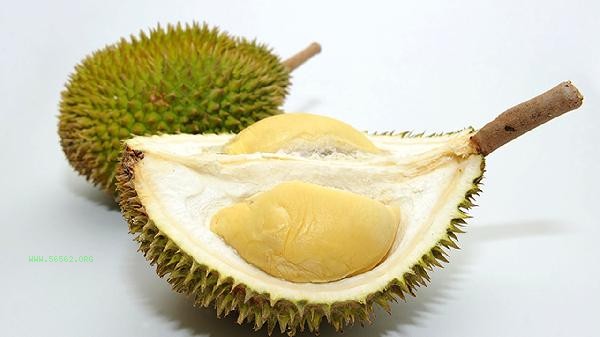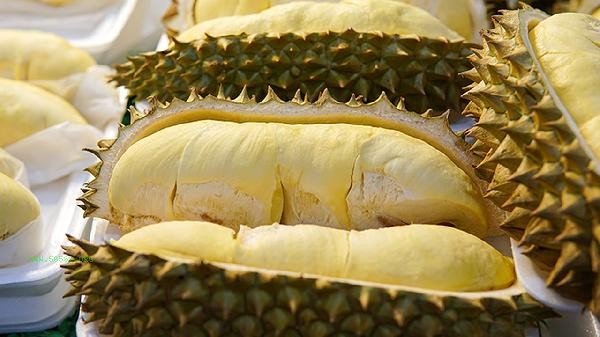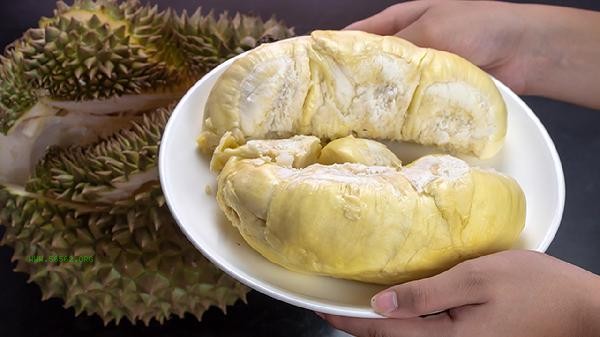Durian skin belongs to kitchen waste. Kitchen waste mainly includes food waste, leftover food, and perishable household waste such as melon peels and fruit pits. Durian peels are suitable for composting or biodegradation due to their high moisture and organic matter content.

Durian leather is hard and has spikes, and direct disposal may cause damage to garbage bags or injury to sanitation workers. It is recommended to wrap it in newspaper or put it in a thick plastic bag before disposal. Some cities require durian peels to be separately disposed of in green kitchen waste bins and treated separately from ordinary household waste. If the region implements a garbage classification policy, it should be noted that durian kernels may be classified as other garbage due to their dense texture.

Some regions have special regulations for large fruit shell waste, such as requiring it to be crushed before disposal or designating recycling points. For the large amount of durian skins produced in commercial places, some cities require contacting professional institutions for resource utilization. Before placing, non organic attachments such as labels or tape attached to the surface of durian skin should be removed.

When handling durian skins in daily life, they can be air dried first to reduce volume and odor, and avoid attracting mosquitoes and insects. Sorting and disposing of garbage can help improve resource recycling and reduce methane emissions from landfills. For situations where the classification criteria are uncertain, specific regulations can be queried through the local municipal service platform or illustrated in the waste classification guidebook.








Comments (0)
Leave a Comment
No comments yet
Be the first to share your thoughts!